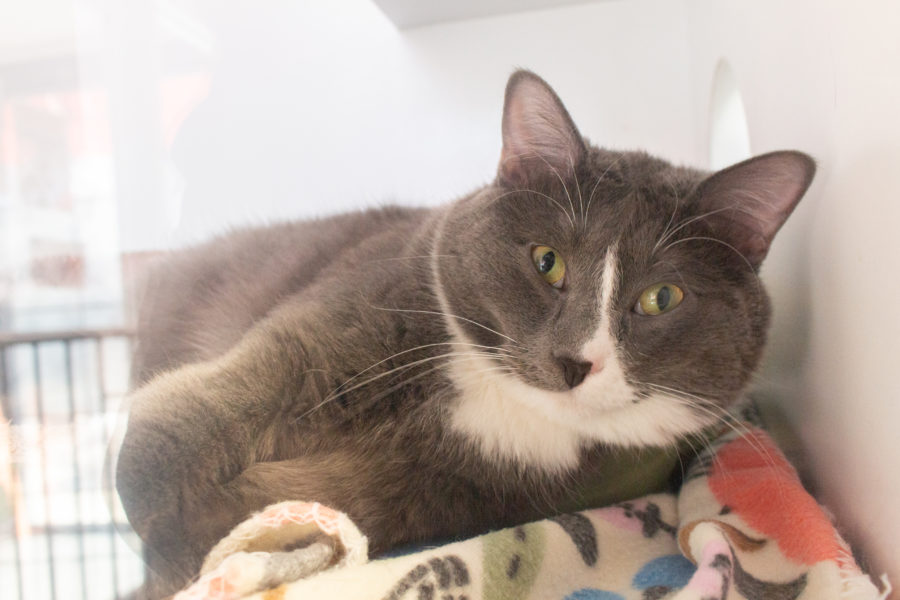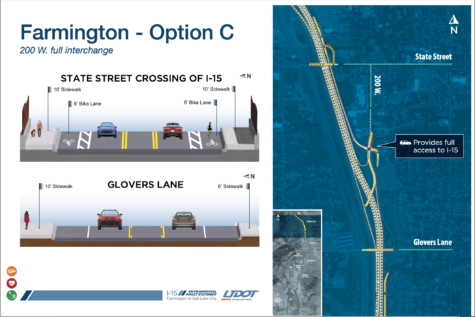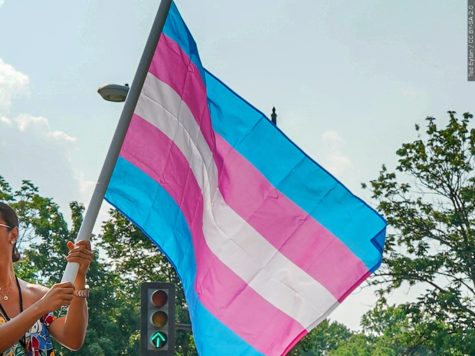The reality of no-kill shelters in Utah
Dogs barking, cats meowing and the chatter of local Utah families hoping to find a new pet to bring into their lives — these are the near-constant sounds of animal shelters and rescues all across Utah looking to adopt the 49,000 animals housed in them.
The goal is to find a home for every animal brought in the door, but no shelter meets that goal — not even the ones that advertise themselves as no-kill.
“No-kill does not mean never kill,” Rhonda Greenhalgh, Founder and Executive Director at Second Chance for Homeless Pets, said. “The stance behind no-kill, you can still euthanize up to 10% whatever the reason, it doesn’t matter, it could be for behavioral, it could be for medical, it could be for space, as long as it’s less than 10% you can call yourself a no-kill organization.”
Greenhalgh started Second Chance for Homeless Pets Rescue 23 years ago in Heber City out of a house with a few dogs and cats. The rescue would adopt the cats and dogs out and then take in more, eventually moving the rescue to a small building in Salt Lake City that was originally a boarding kennel.
According to Greenhalgh, no-kill has been present in rescues and shelters for quite some time. Most people associate the words “no-kill” with the Best Friends Animal Society, a well-known organization focused on ending the killing of animals in shelters across the country. Their mission and primary goal in Utah is to make every shelter a “no-kill” by the year 2025.
One of the ways BFAS plans to do this is through their coalition, a movement involving shelters and rescues across the country, according to their website.
Finding network partners for BFAS is the starting point of that coalition. To be a network partner, Best Friends asks that shelters and rescues share their animal data with BFAS. This is so that they can make programming choices and funnel resources in the right spot, according to Nick Lippincott, BFAS Senior Manager of Life Saving Programs.
“[Network partners] get access to a large amount of things like grants and opportunities,” Lippincott said. “They have the opportunity to apply for “save them all” grants, which is to help get an agency to no-kill, or for no-kill excellence grants, which helps a group make bigger steps beyond no-kill. Locally we do adoption events and there’s media events that [network partners] have the opportunity to tap into as a partner.”
In Utah, when a group joins as a partner, they have the opportunity to opt into the coalition. The coalition is an extension of the partnership.
“Since we are located in Utah, we have access to a little more intimate interaction,” Lippincott said. “We can be much more hands on in Utah. Our goal is to make an extension of that and really get hands-on and active within the coalition.”
While Best Friends Animal Society claims to be hands-on when it comes to their coalition, some shelters have claimed that wasn’t their experience.
During her time with the Humane Society of Utah as their former director of marketing and communications, Weber State University instructor Deann Carver said No Kill Utah was a beacon of hope for shelters and rescues. They believed the coalition would be a way for BFAS to provide help with marketing and more opportunities to benefit the animals.
While BFAS has helped rescues and shelters in the coalition with large adoption events, increased exposure for adoptable animals on a coalition page, using Utah-specific funding opportunities, setting up programs in smaller shelters and helping the animals overall, there seems to be an alternate side to the coalition.
“The coalition sometimes would go in and help set up programs in smaller shelters and rescues, but when those efforts were difficult to maintain because a smaller shelter did not have the personnel, the it almost became more challenging,” Carver said. “As soon as those people left, the shelter would complain that we can’t sustain these [programs], we don’t have the personnel, we don’t have the budget, we can’t keep these programs going but now we’re expected to keep these [programs] going because we are now considered a no-kill shelter and we have to,” Carver said.” It was a strain on them because they didn’t really have the ongoing support from the coalition.”
Shelters like Second Chance for Homeless Pets appear to feel the same way about the coalition. Greenhalgh spoke about how people join the network partner coalition to have the ability to apply for small grants, but beyond that, Best Friends Animal Society used to only put on super adoptions. These were big adoption events where they had a mobile spay and neuter truck, but Greenhalgh claims they don’t do that anymore.
“The premise behind the coalition is that we all work in unison towards the goal of no-kill,” Greenhalgh said. “Best Friends is kind of like the name behind [the coalition,] but as far as, like, the boots on the groundwork, each organization pulls their own weight.”
When asked about their thoughts on shelters and rescues feeling neglected, BFAS answered by explaining how the organization has a mission goal to reach no-kill by 2025 and their resources, “are what they are.”
According to Lippincott, BFAS prioritizes its resources in the same way a shelter might prioritize what calls they respond to based on priority rights. This means some shelters take more priority over others depending on what shelters are most in need of help.
“My belief is we should be empowering the shelters and helping support them to get there so that they can stand on their own feet,” Lippincott said. “Not making it so shelters constantly depend on Best Friends, but Best Friends are there to hold them up and champion them as they get there.”
To find out which shelters and rescues need help, BFAS has a benchmark where the organization looks at shelter and rescue stats as a whole, according to Lippincott. That benchmark is a 90% live animal outcome.
“Typically, the number of pets who are suffering from irreparable medical or behavioral issues that compromise their quality of life and prevent them from being rehomed is not more than 10% of all dogs and cats entering shelters,” The BFAS website states. “Therefore, we designate shelters that meet the 90% save-rate benchmark as no-kill.”
“We don’t say 90% is the end-all-be-all data. There are shelters that we would consider no-kill that have below 90%,” Lippincott said. “Davis County for example, if you look at their information on the dashboard you would see that they are below 90%. When we look at that critically, we say hey let’s look at the programming, let’s look at the stuff they have in place, the systems they have placed for the community, how they are doing what they are doing. If you look at it that way, they are doing everything that a no-kill agency is doing. With these cases, the 10% could be moved to 15% for example.”
The opposite can be true as well, some groups could have above 90% and still be euthanized for space. According to Best Friends Animal Society, that’s not successful programming, so those shelters would likely not qualify for a no-kill status.
In the past, BFAS was less flexible. The Humane Society of Utah decided to leave the coalition around the year 2019 due to them providing owner-requested euthanasia to the local community and other problems that could not be discussed, according to Carver.
“Although the national no-kill standard is calculated as a 90% live release rate in accordance with the National Federation of Humane Societies’ Live-Release Data Matrix, Best Friends Animal Society has redefined the calculation to include owner-requested euthanasias,” the Humane Society’s FAQ website currently says. “According to their new standard, our shelter falls below the 90% benchmark because we provide end-of-life euthanasia services for pet owners in the community seeking to end the suffering of their pets at the end of their life or with irremediable conditions.”
In 2022, the Humane Society had an income owner-requested euthanasia count of 831 and an outcome owner-requested euthanasia count of 791, according to statistics listed on their website.
“Income is the owner has come into the shelter asking for the animal to be put down, and then outcome owner-requested euthanasia would be that the animal was outcomed as euthanized,” Guinn Shuster, director of marketing and communications at the Humane Society said when asked about the difference of income and outcome owner-requested euthanasia. “When someone brings an animal into the Humane Society of Utah, it does not mean the animal automatically gets euthanized.”
The Humane Society is currently listed as a no-kill shelter on the BFAS public data known as their Pet Lifesaving Dashboard.
There are currently seven shelters on BFAS Pet Lifesaving Dashboard that are listed under “not no-kill” status instead of “kill” shelter status, since that BFAS rarely uses the word “kill shelter” anymore, according to Lippincott.
Tremonton Animal Control, Tooele County Animal Control, North Utah Valley Animal Services, West Jordan Animal Services, South Jordan City Animal Services, Riverton City Animal Control and North Utah Valley Animal Services are all listed as “not no-kill” shelters due to the shelters being government-run and not having enough resources and space, according to Best Friends Animal Society.
Summit County Animal Shelter, Uintah Animal Control and Shelter, Moab City Animal Shelter and Special Service District and Sandy City Animal Services are listed as a “nearly no-kill” shelter. These are also government-run shelters with not enough resources or space, according to Best Friends Animal Society. South Utah Valley Animal Services Special Services District and Beaver County Animal Control are listed as “nearly no-kill” shelters.
One of the solutions shelters and rescues use to help government-run shelters is the transfer system, according to Carver. Shelters that have had animals in their care for long amounts of time can transfer their animals to other shelters or rescues that have more space, funding and better marketing to find the animal a home.
Greenhalgh mentions that rescues can keep animals in their care for as long as they want, as long as an animal is happy and healthy and not behaviorally or emotionally declining.
Local community members can help animals by adopting from shelters, becoming an animal foster parent, making sure to get their pets spayed and neutered, speaking up to government agencies about shelter needs and showing support to local shelters.













